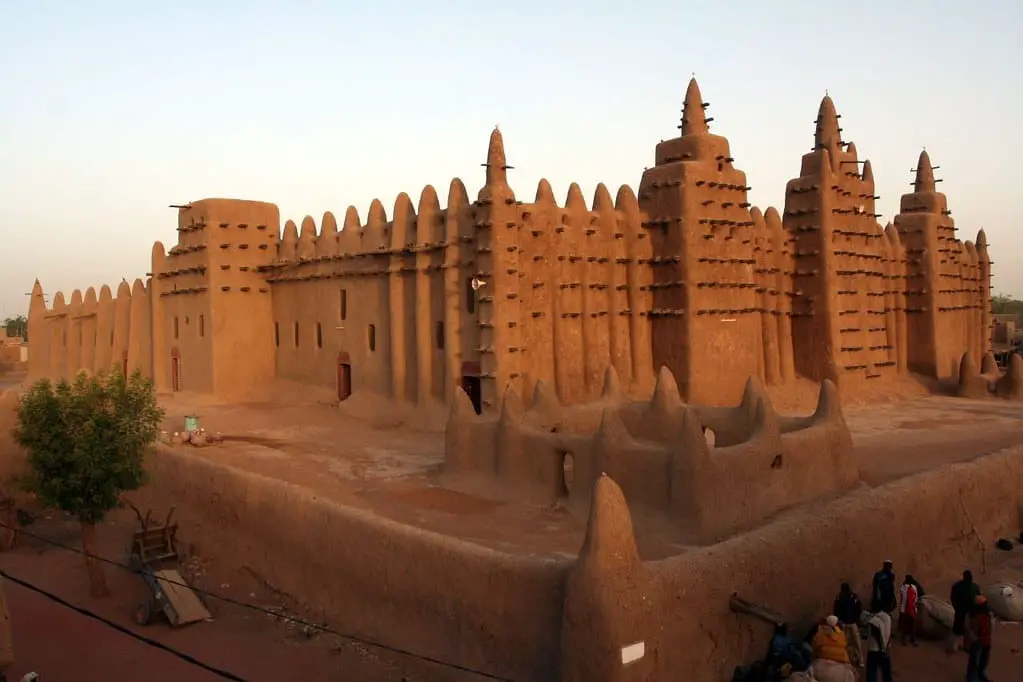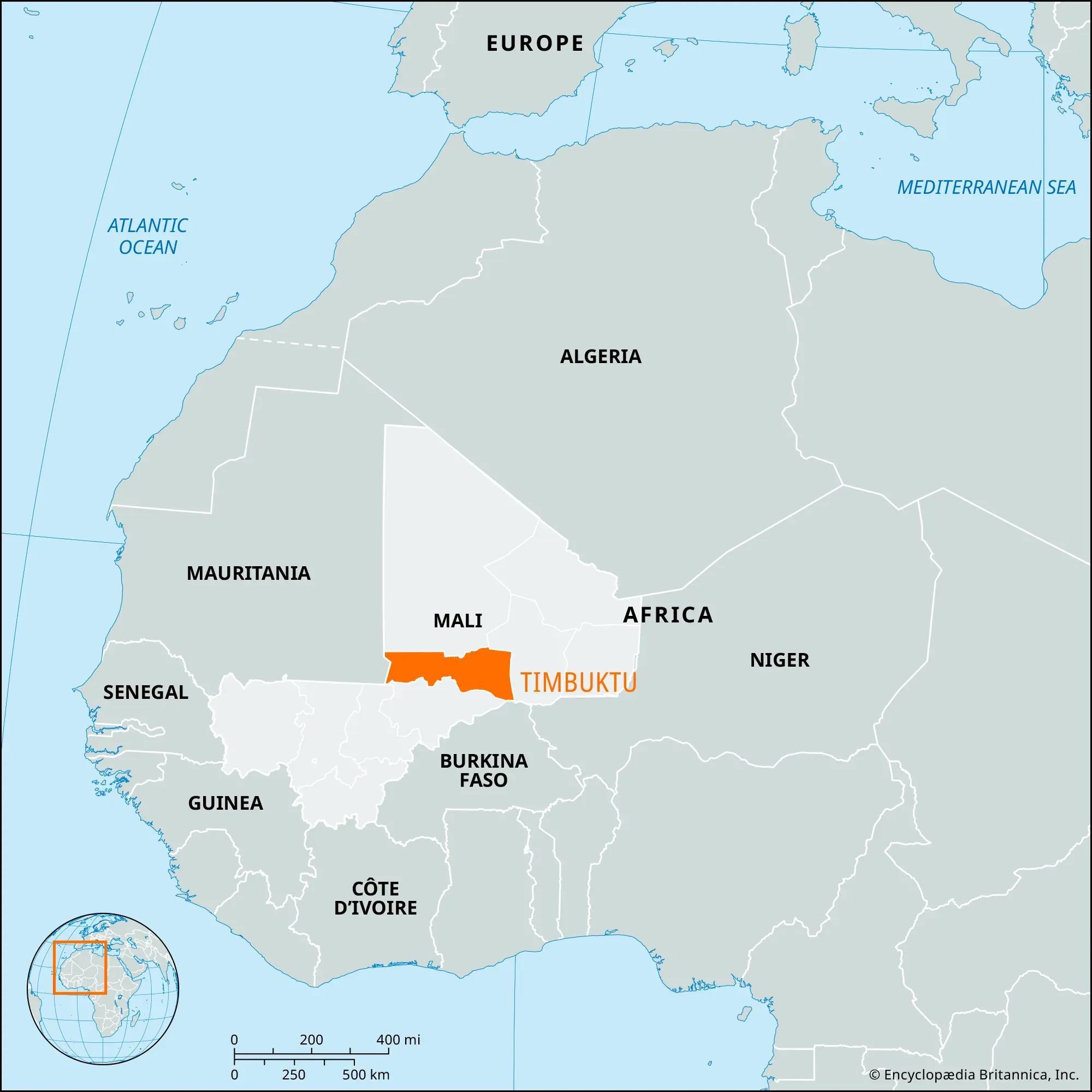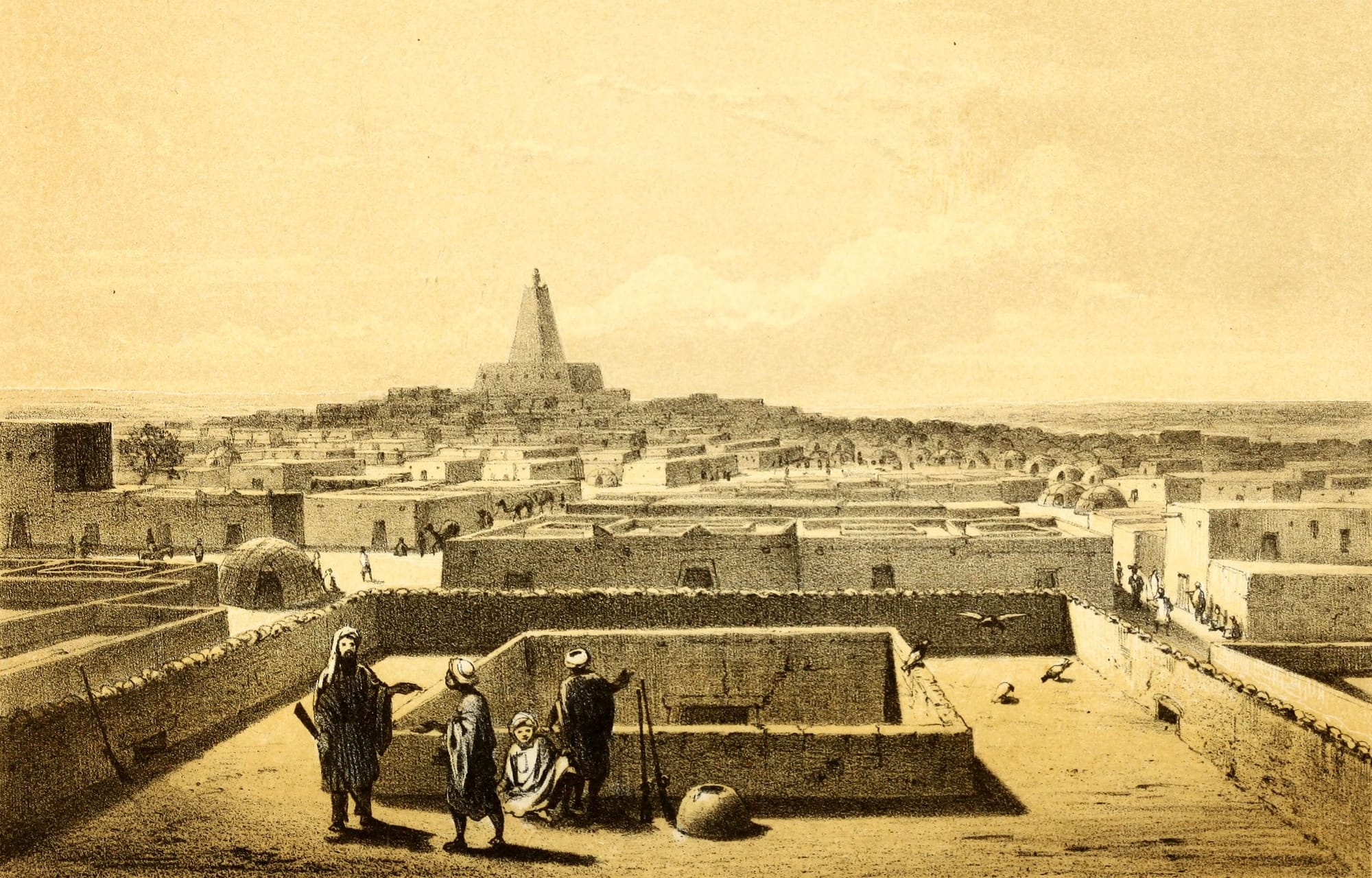Unveiling the Golden City of Knowledge: Timbuktu's Rich History and Cultural Significance

Located in the heart of the Sahara Desert, Timbuktu is a city shrouded in mystery and intrigue. This ancient city has a rich history dating back to the 12th century, and its strategic location made it a crucial hub for trade and commerce.
But Timbuktu is more than just a city - it's a treasure trove of knowledge and history, with a unique cultural heritage that has fascinated scholars and travelers for centuries.
The Birth of a Legend

The origins of Timbuktu date back to the 12th century when it was a seasonal settlement. However, it became a permanent settlement in the early 12th century and flourished from the trade in salt, gold, ivory, and slaves from several towns and states.
By the 14th century, Timbuktu became a major center of learning in the area. It was part of the Mali Empire and later became the capital of the Moroccan army. The city's location made it an important hub for trade, and it played a significant role in the Mali Empire and as a center of Islamic learning.
Timbuktu's history is marked by the presence of various tribes and empires, including the Tuareg tribes, the Songhai Empire, and the Moroccan army. The city's golden age was over by the time the French took over in 1893, and it eventually became part of the current Republic of Mali in 1960. Today, Timbuktu is impoverished and suffers from desertification.
A Golden Age of Knowledge
In its golden age, Timbuktu was a centre of learning and culture, attracting scholars and traders from all over the world. The city's famous universities and libraries, including the Sankore Madrasah, were renowned for their extensive collections of manuscripts and books.

Notable scholars such as Shabeni and Leo Africanus wrote about the city's rich cultural heritage, fuelling speculation in Europe about the city's wealth and mystique. The Sankore Madrasah, in particular, was a major centre of learning, with scholars accumulating large private libraries and engaging in the trade of manuscripts.
The city's reputation as a hub of intellectual and artistic inquiry was cemented by the presence of these scholars and the thriving book trade. However, the city's fortunes declined following the Battle of Tondibi in 1591, and the Sankore Madrasah, like the rest of the city, fell into disrepair.
Despite this, the legacy of Timbuktu's golden age continues to inspire and fascinate people to this day.
Decline and Rediscovery
The decline of Timbuktu's fortunes began with the impact of colonialism, as the city's strategic location and rich cultural heritage made it a prized possession for European powers. The French, in particular, exerted significant influence over the region, and their colonial rule led to the destruction of many cultural sites and the erosion of traditional practices.
The city's ancient universities and libraries, once renowned for their scholarship and learning, were neglected and left to decay. The city's fortunes continued to decline as the French colonial authorities imposed their own language, culture, and values on the local population. The traditional trade networks that had once made Timbuktu a thriving commercial center were disrupted, and the city's economy suffered as a result.
The city's population began to decline, and many of its historic buildings and monuments fell into disrepair. In recent years, efforts have been made to preserve Timbuktu's cultural heritage and restore its historic sites. The city was designated a UNESCO World Heritage site in 1988, and international organizations have worked to repair and protect its ancient buildings and monuments.

However, the city still faces many challenges, including the threat of extremism and the ongoing struggle to preserve its cultural identity in the face of globalization.
Despite these challenges, Timbuktu remains a city of great cultural and historical significance, and its people continue to work towards preserving their heritage and promoting their unique cultural traditions. The city's rich history and cultural significance make it an important part of Africa's cultural landscape, and its preservation is essential for future generations.
Conclusions
In conclusion, Timbuktu is a city that embodies the rich cultural heritage of Africa. From its early days as a trade hub to its current status as a UNESCO World Heritage site, Timbuktu has a unique story to tell. Its history, culture, and people have captivated scholars and travelers for centuries, and its legacy continues to inspire and fascinate us today.




